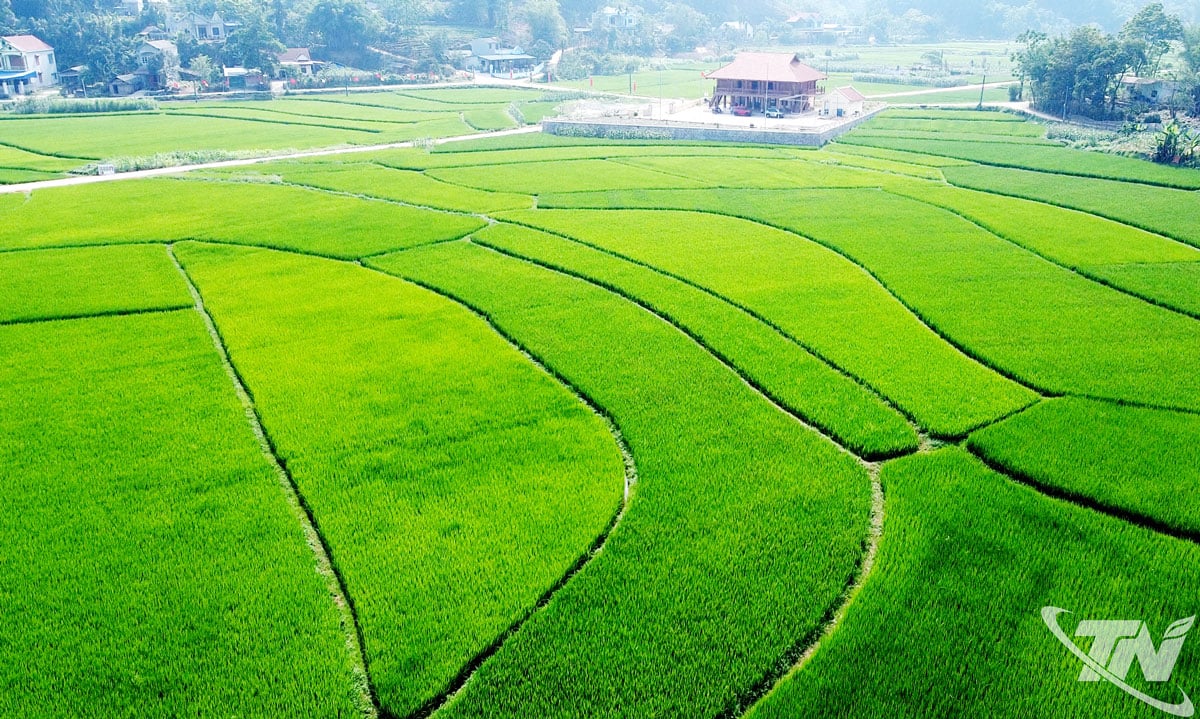 |
| The smart rice farming model of alternating wet and dry irrigation (AWD) has been implemented by more than 100 households in Ban Dong hamlet, Hop Thanh commune ( Thai Nguyen province) since the spring crop of 2025, bringing many practical benefits. |
The first model to achieve carbon credit in Thai Nguyen
In the fields of Ban Dong hamlet, Hop Thanh commune, more than 100 households have boldly switched to a smart rice farming model with the alternate wet-dry irrigation method (AWD). Changing habits helps people save up to 30% of water and halve methane emissions - a greenhouse gas dozens of times more powerful than CO2.
Thanks to that, the water source of Na Mat Lake, which is usually not enough to meet the peak of both crops, is now enough to supply the downstream and ensure aquaculture.
Flat fields allow hybrid rice to be grown in the spring crop, while in the summer crop, the value of high-quality specialty sticky rice varieties is promoted.
More importantly, the model opens up a new direction when gradually participating in the carbon credit market, where farmers' efforts are "measured" by both economic value and environmental contribution.
For generations, farmers have been accustomed to keeping the water level “a hand span” high from planting to harvesting. This method, although limiting weeds, creates an anaerobic environment, causing organic decomposition to generate a lot of methane gas.
Experts estimate that a hectare of rice that is continuously flooded can emit up to tons of CO2 equivalent per crop. With a large rice area, Thai Nguyen is facing pressure to reduce emissions from the agricultural sector.
In response to the need to develop green agriculture, in 2025, the provincial Department of Crop Production and Plant Protection coordinated with NetZero Carbon Company to pilot the AWD model in On Luong commune (now Hop Thanh commune). On an area of 12 hectares, more than 100 participating households were trained in techniques such as sparse planting, young rice seedlings planting, organic fertilizer application, use of biological products and especially the application of scientific irrigation and drainage processes.
Farmers are also instructed to keep a production diary and take updated photos via the NetZero Carbon application, marking an important step in bringing digital technology to the fields.
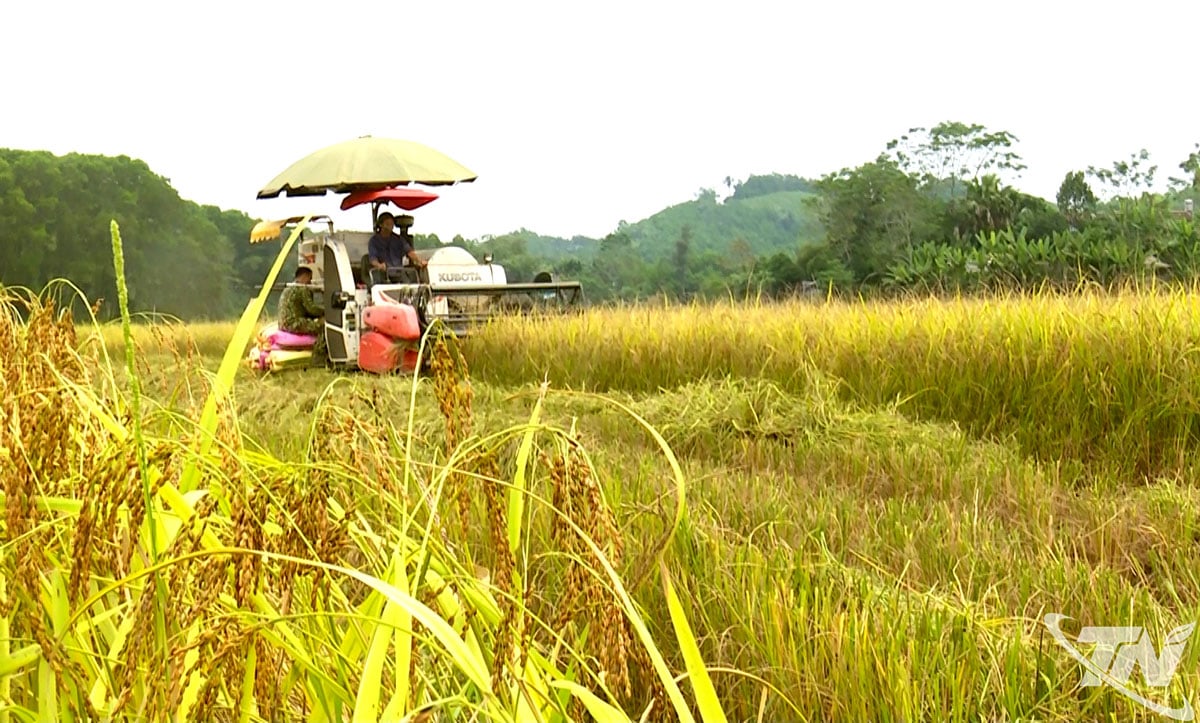 |
| In the first crop of implementation, rice yield in the smart rice farming model of alternating wet and dry irrigation (AWD) reached 6.79 tons/ha. |
Initial results show positive signs. Rice yield in the model reached 6.79 tons/ha, 0.89 tons/ha higher than traditional farming. Average profit increased by 23.7 million VND/ha, equivalent to an increase of 56%. Costs for seeds, fertilizers and pesticides all decreased by 30 to 50%.
Notably, all post-harvest straw, about 65 tons in the model area, is treated with biological products instead of being burned, both supplementing the source of organic fertilizer on site and contributing to reducing air pollution.
In particular, the model reduced CO2 emissions by 44.51 tons in just one crop, equivalent to 3.71 tons/ha, with the economic value from the emission reduction process being 17.4 million VND. This is an important basis for Thai Nguyen to aim to build agricultural carbon credits - a new field but promising to bring additional income to rice growers.
Towards a carbon credit market
It's not just the numbers on paper, farmers are the ones who feel the model's effectiveness most clearly.
Ms. Phan Thi Hai in Ban Dong hamlet shared: Compared to the old method, this model helps reduce about 30% of nitrogen, the rice plants are stronger, and have fewer pests and diseases. The productivity is higher, so we are very confident.
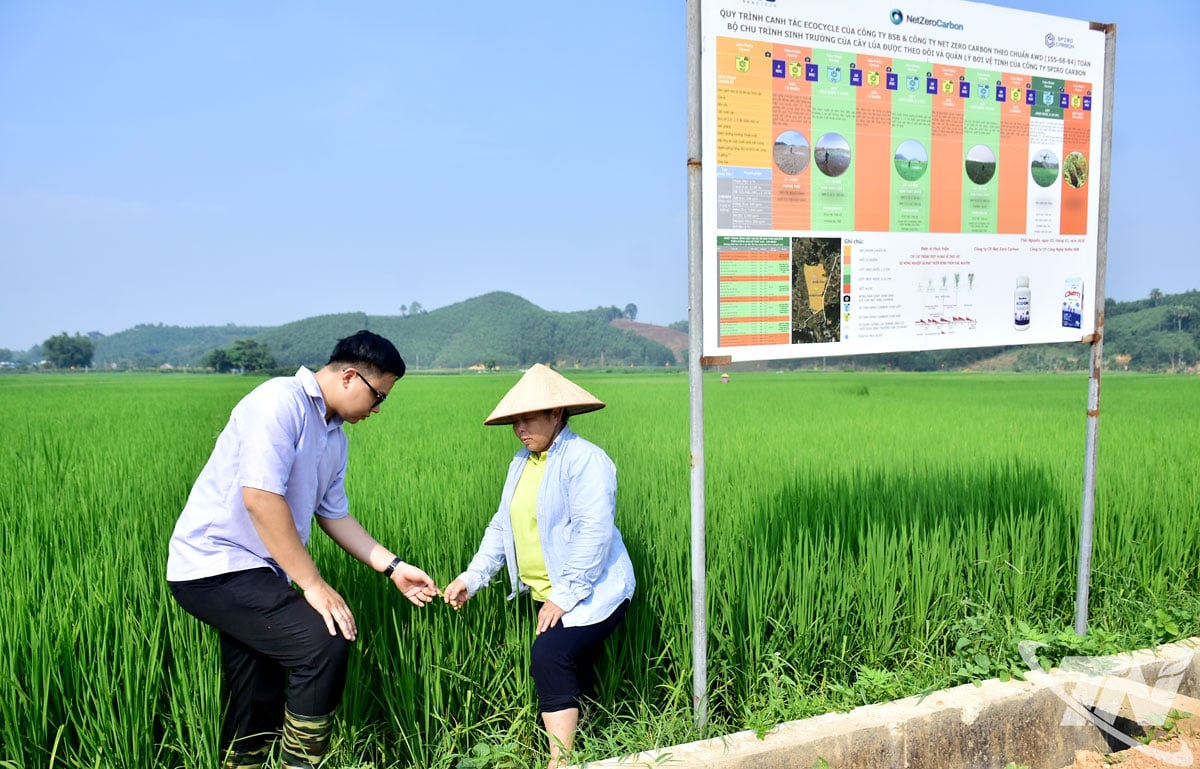 |
| Technical staff and farmers inspect rice fields implementing the model. |
Ms. Hoang Thi Huong, Head of the Farmers' Association of Ban Dong Hamlet, said: At first, people were confused, but when they saw the obvious results from productivity to water saving, everyone was excited. More importantly, we learned how to do agriculture while protecting the environment and taking care of our health as well as our family members.
From an expert perspective, Mr. Nguyen Thanh Huong, BNS Project Manager of NetZero Carbon Company, commented: In addition to productivity benefits, we will use the satellite system to calculate and reward people with an amount of money corresponding to the amount of carbon emissions reduced.
From the results of monitoring and inspection, the BNS Project has awarded certificates of greenhouse gas emission reduction to participating households, becoming the first carbon credit model in Thai Nguyen province.
Meanwhile, Mr. Trinh Kim Thuy, Deputy Secretary of the Party Committee and Chairman of the People's Committee of Hop Thanh commune, said: If replicated, the model will both create sustainable livelihoods for farmers and help the locality gradually participate in the carbon credit market - a new but promising field.
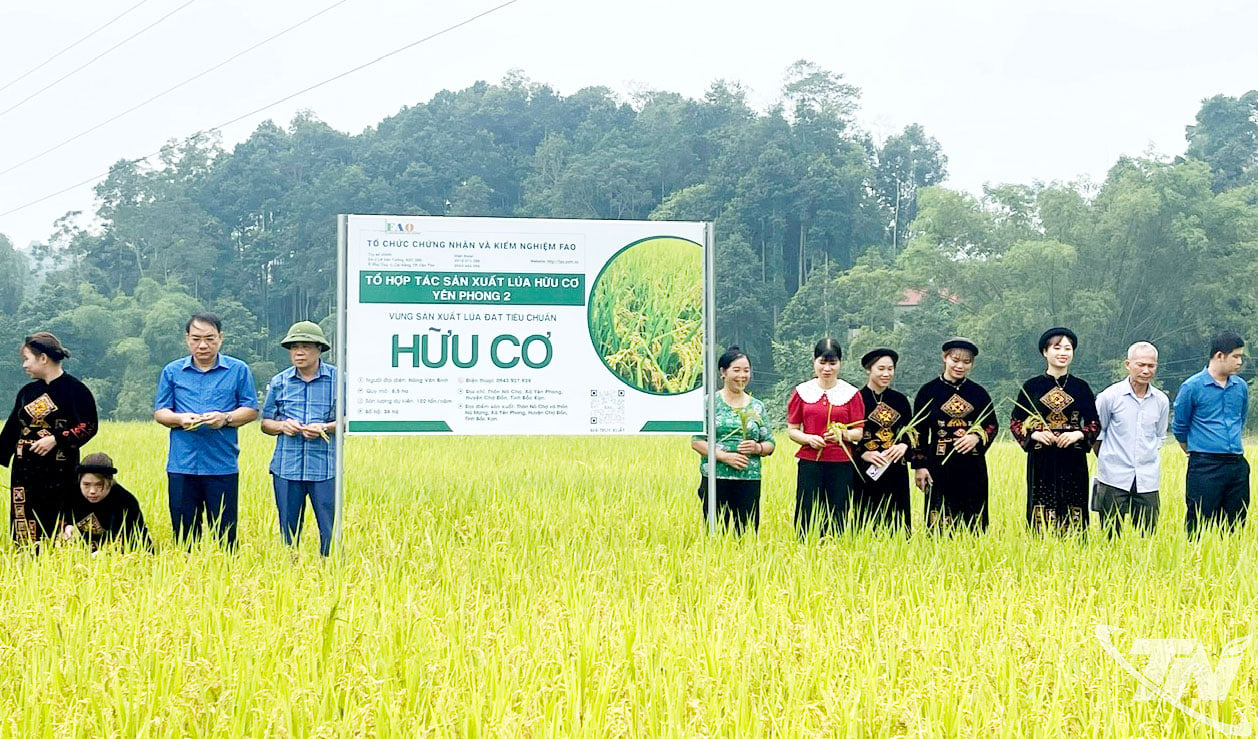 |
| The organic rice growing area in Yen Phong commune mainly uses Japonica rice variety, bringing high efficiency. |
Mr. Nguyen Ta, Head of the provincial Department of Cultivation and Plant Protection, emphasized: With about 90,000 hectares of rice, if the model is replicated, Thai Nguyen will not only increase farmers' income, but also make a practical contribution to the province's and the country's net zero emission target.
From a pilot model, initial results have demonstrated that rice cultivation associated with carbon credits is a feasible direction, meeting many requirements at the same time.
This approach helps increase farmers’ income, use water resources efficiently, reduce greenhouse gas emissions and contribute directly to the roadmap to implementing the commitment to net zero emissions by 2050. This is not just a solution for a season but the foundation for sustainable agricultural development, bringing long-term benefits to people, localities and the country.
Source: https://baothainguyen.vn/kinh-te/202508/tin-chi-carbon-da-loi-ich-trongcanh-tac-lua-eff0d82/



![[Photo] National Assembly Chairman Tran Thanh Man holds talks with New Zealand Parliament Chairman](https://vphoto.vietnam.vn/thumb/1200x675/vietnam/resource/IMAGE/2025/8/28/c90fcbe09a1d4a028b7623ae366b741d)
![[Photo] General Secretary To Lam presents the 45-year Party membership badge to comrade Phan Dinh Trac](https://vphoto.vietnam.vn/thumb/1200x675/vietnam/resource/IMAGE/2025/8/28/e2f08c400e504e38ac694bc6142ac331)
![[Photo] General Secretary To Lam attends the opening ceremony of the National Achievements Exhibition](https://vphoto.vietnam.vn/thumb/1200x675/vietnam/resource/IMAGE/2025/8/28/d371751d37634474bb3d91c6f701be7f)
![[Photo] Red flag with yellow star flutters in France on National Day September 2](https://vphoto.vietnam.vn/thumb/1200x675/vietnam/resource/IMAGE/2025/8/28/f6fc12215220488bb859230b86b9cc12)
![[Photo] Politburo works with the Standing Committee of Cao Bang Provincial Party Committee and Hue City Party Committee](https://vphoto.vietnam.vn/thumb/1200x675/vietnam/resource/IMAGE/2025/8/28/fee8a847b1ff45188749eb0299c512b2)

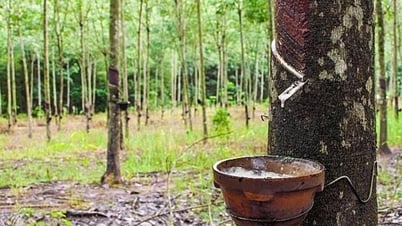

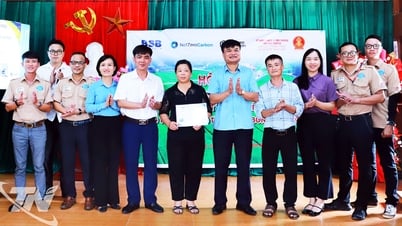
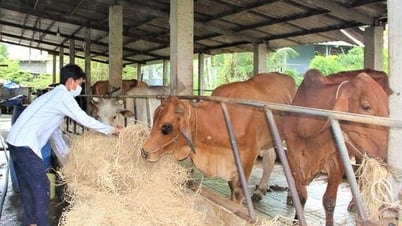

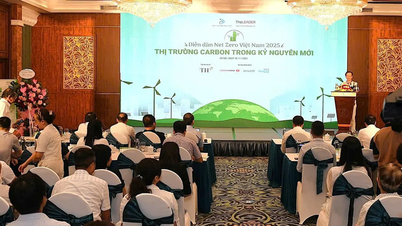

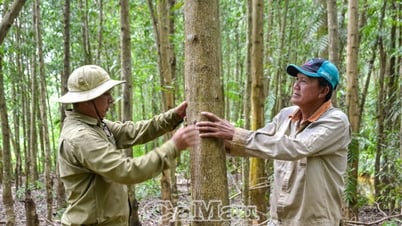

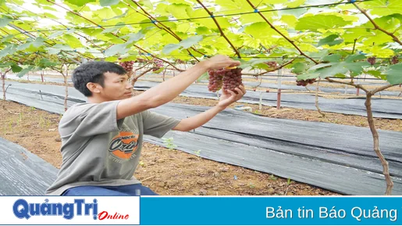

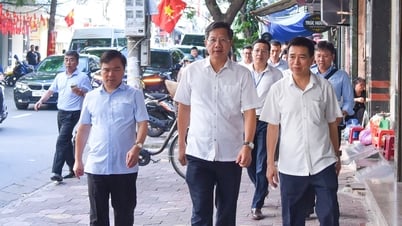






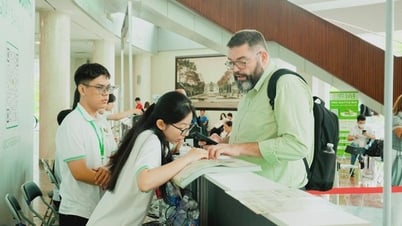

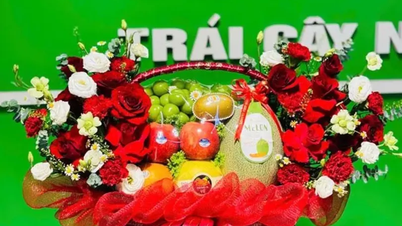





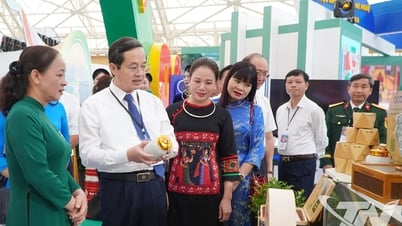
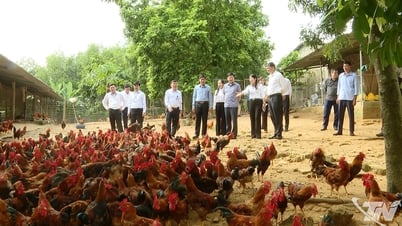
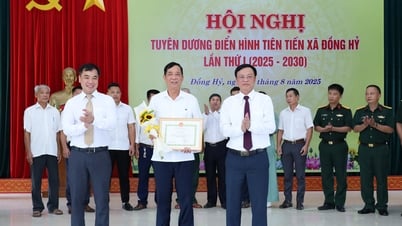
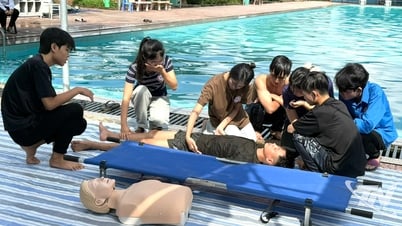
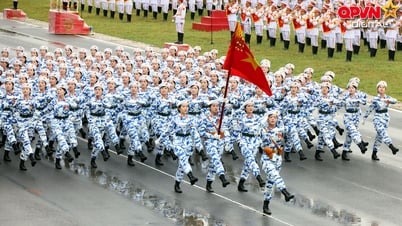
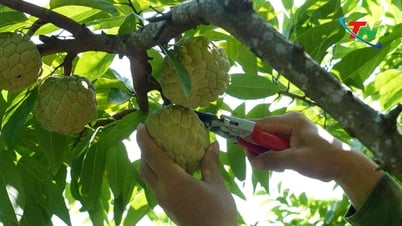


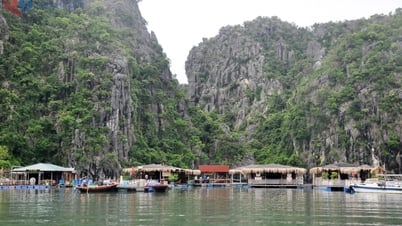

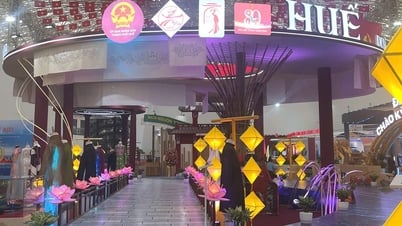

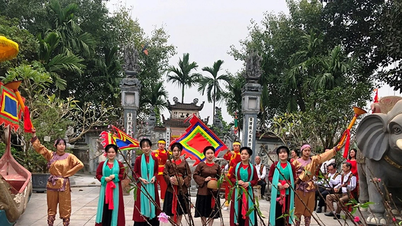







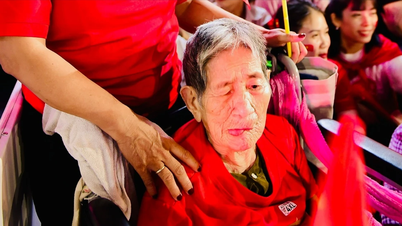

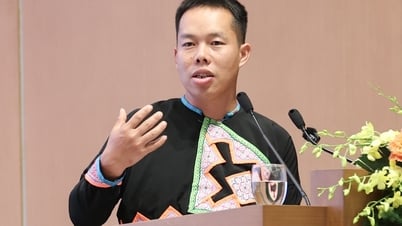

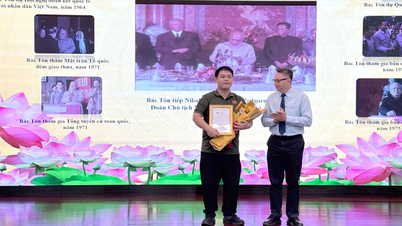
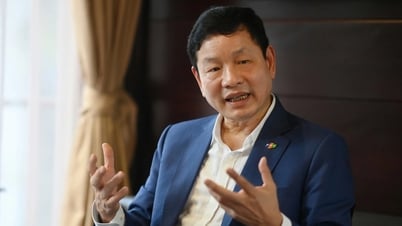



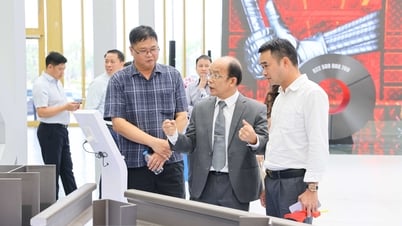

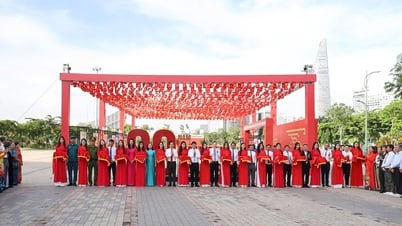
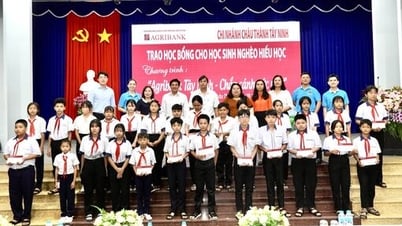


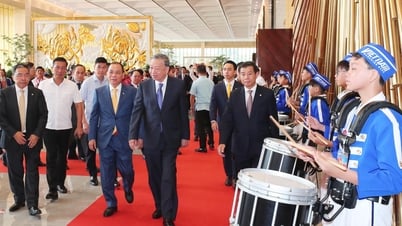


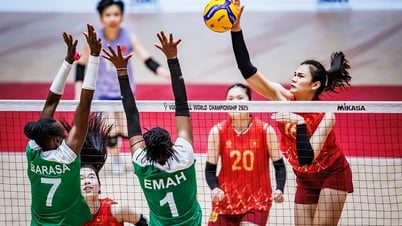

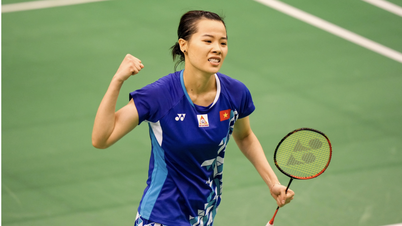







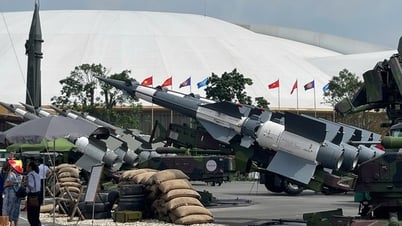
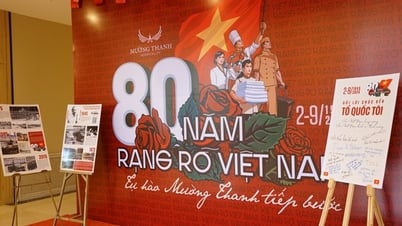
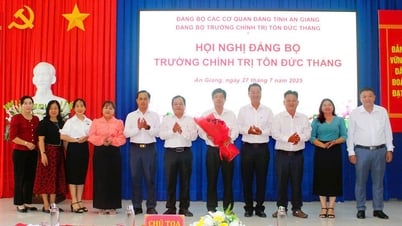

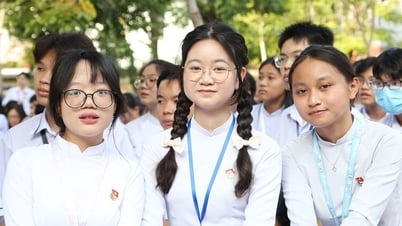
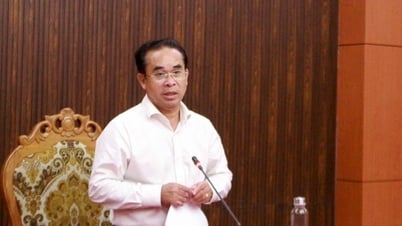

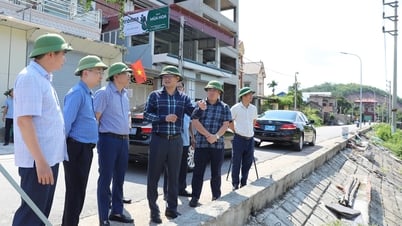

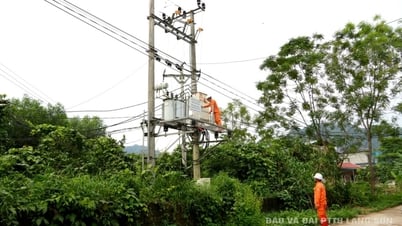

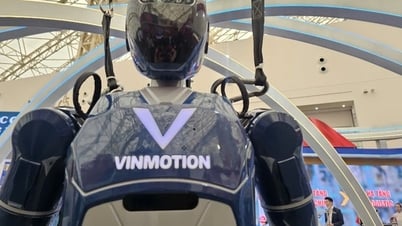

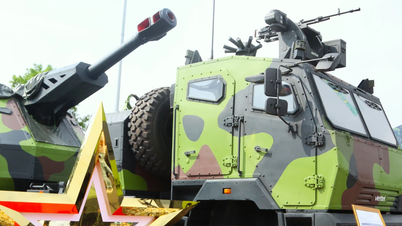

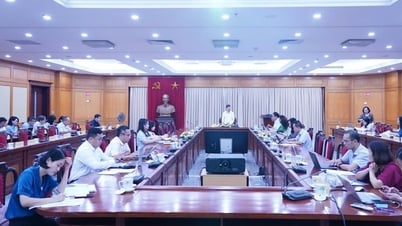

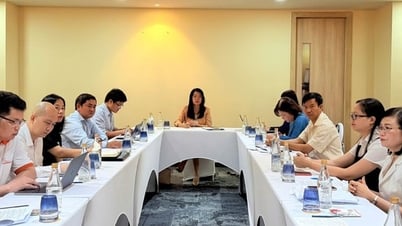
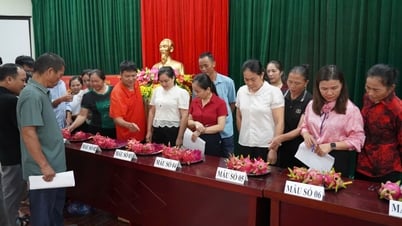

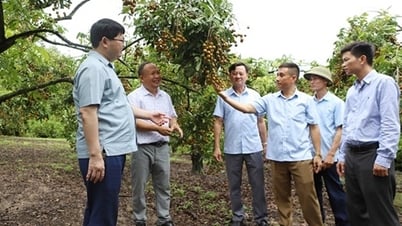




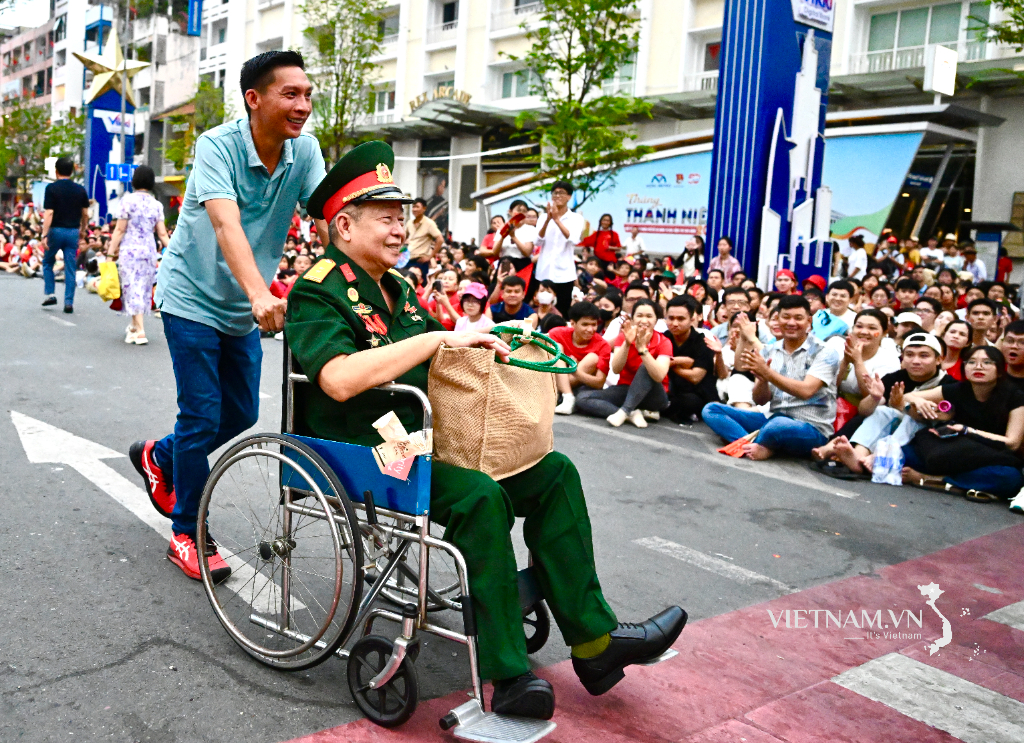
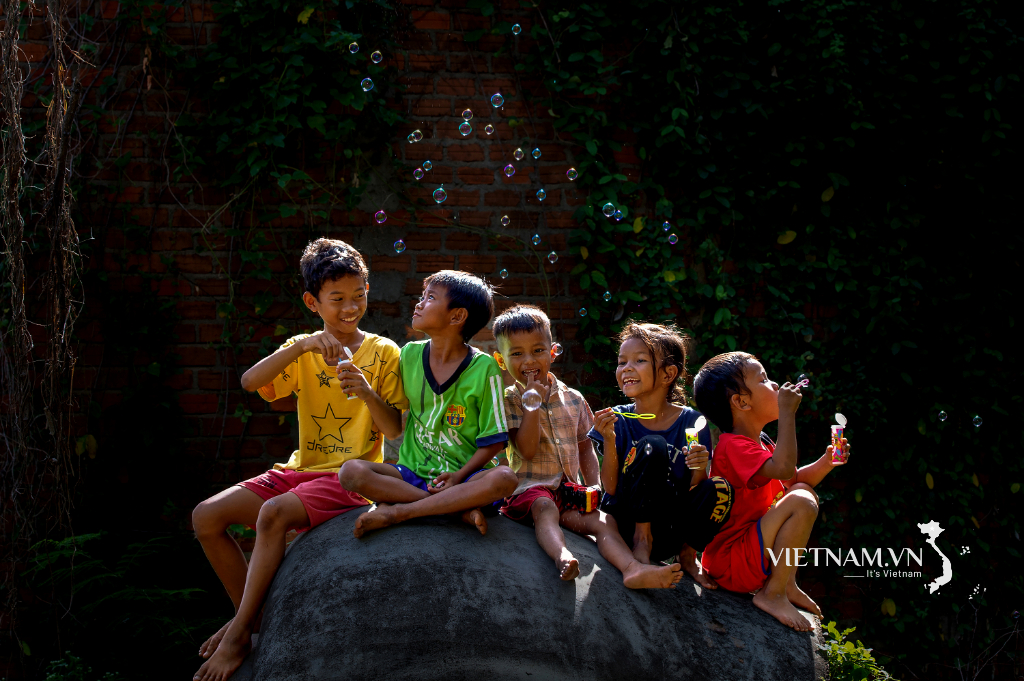
Comment (0)